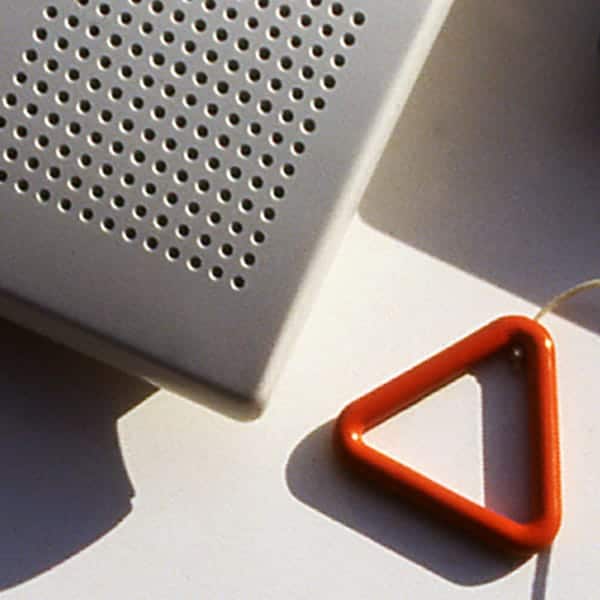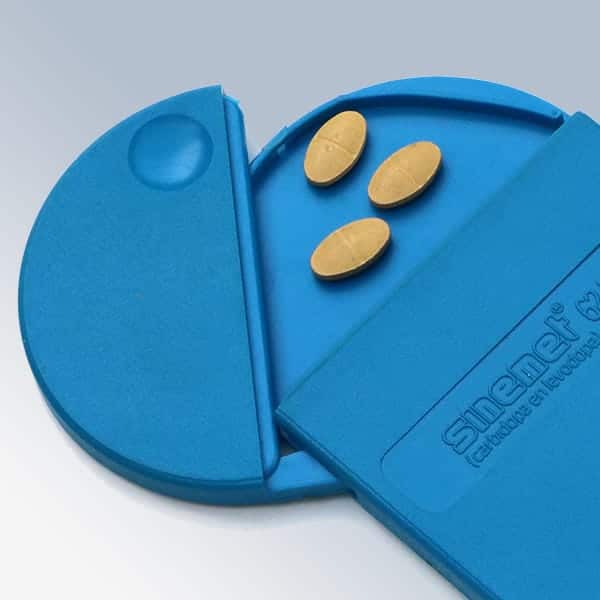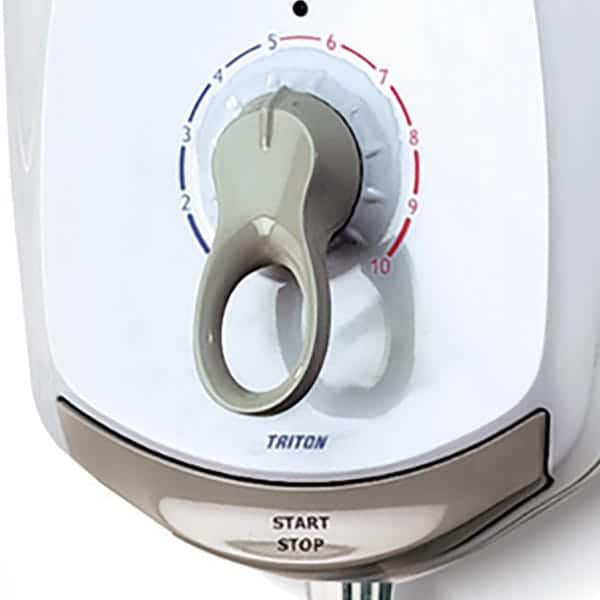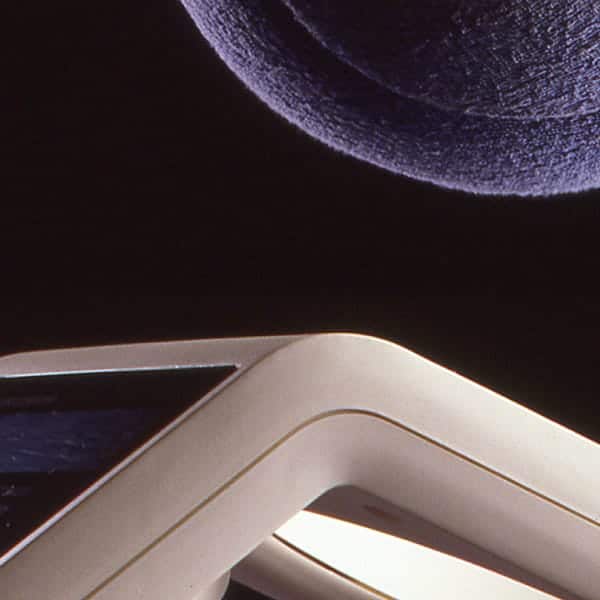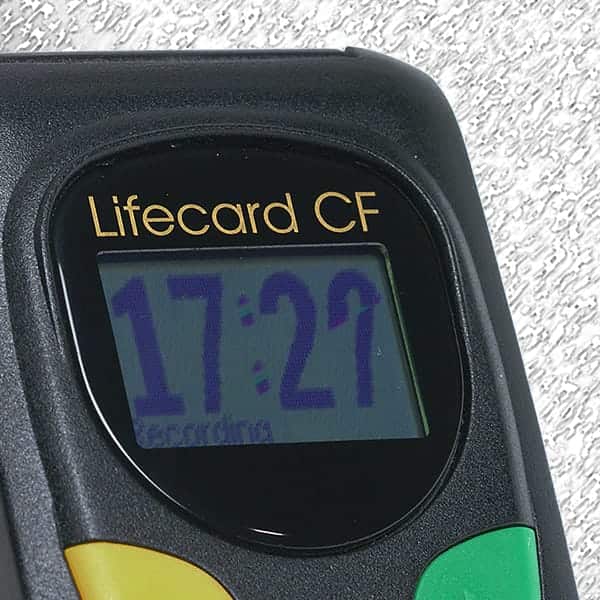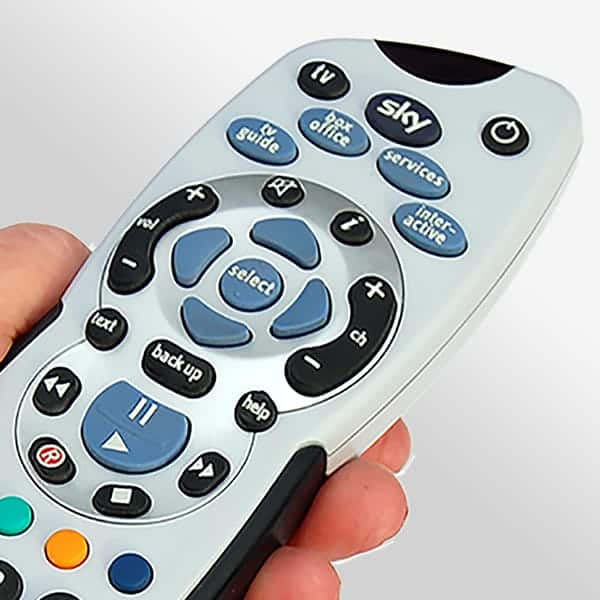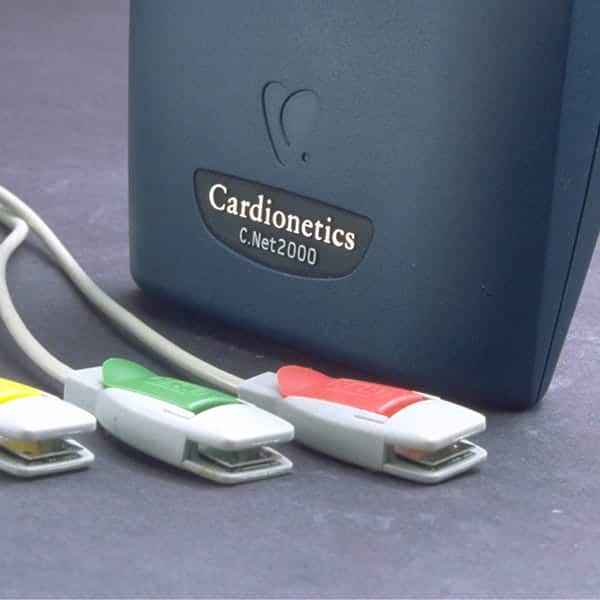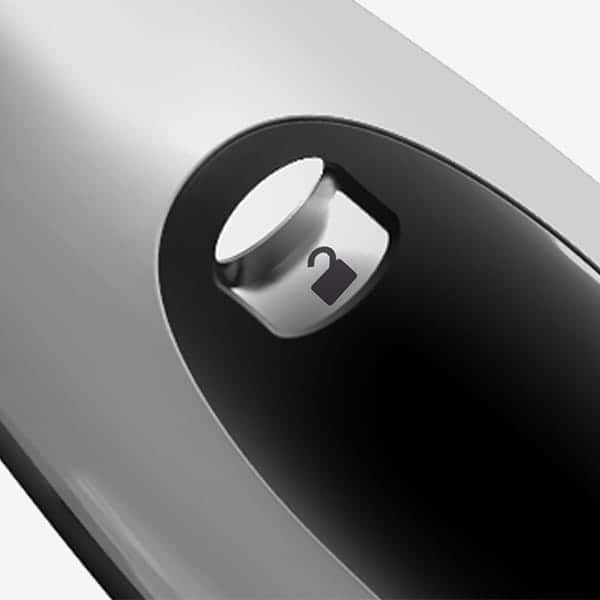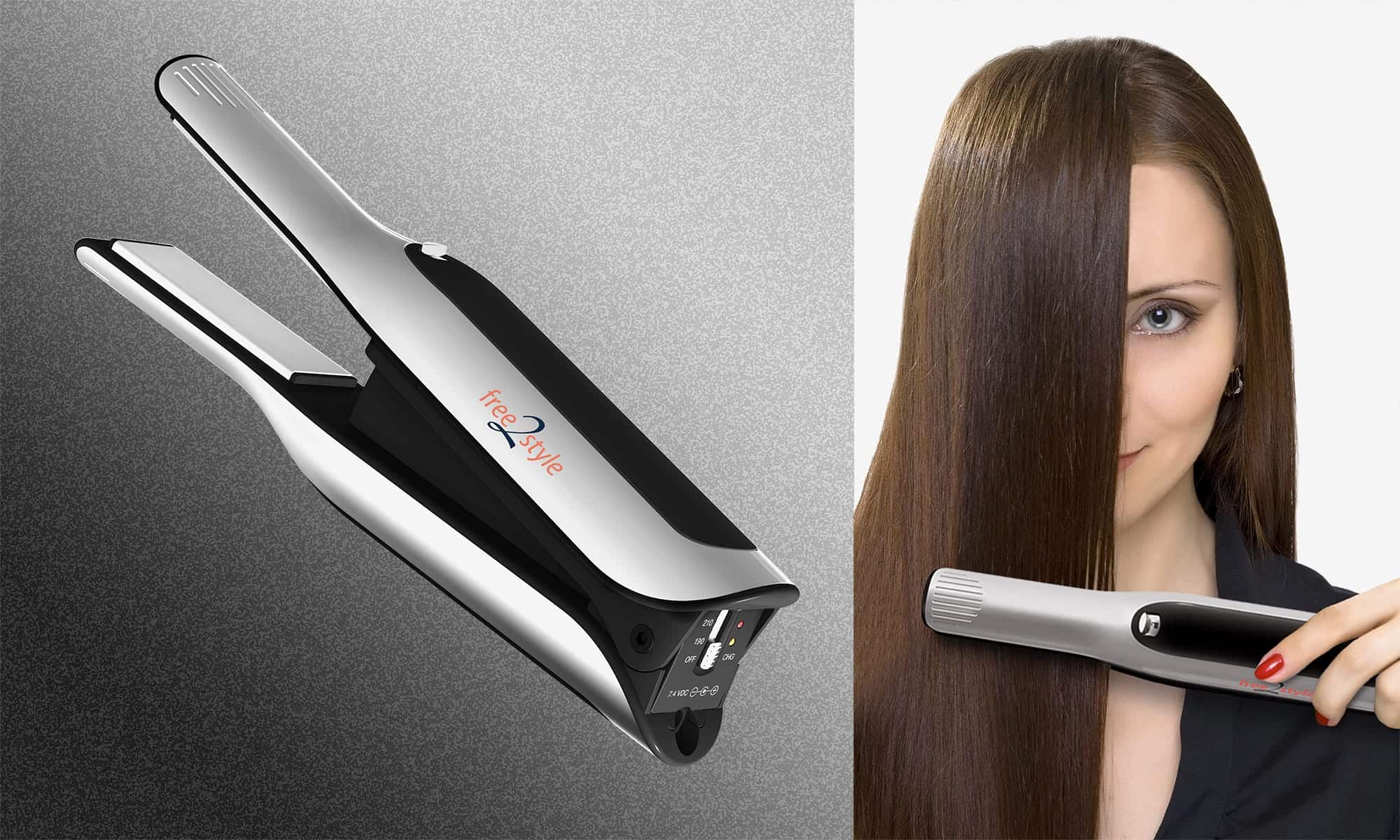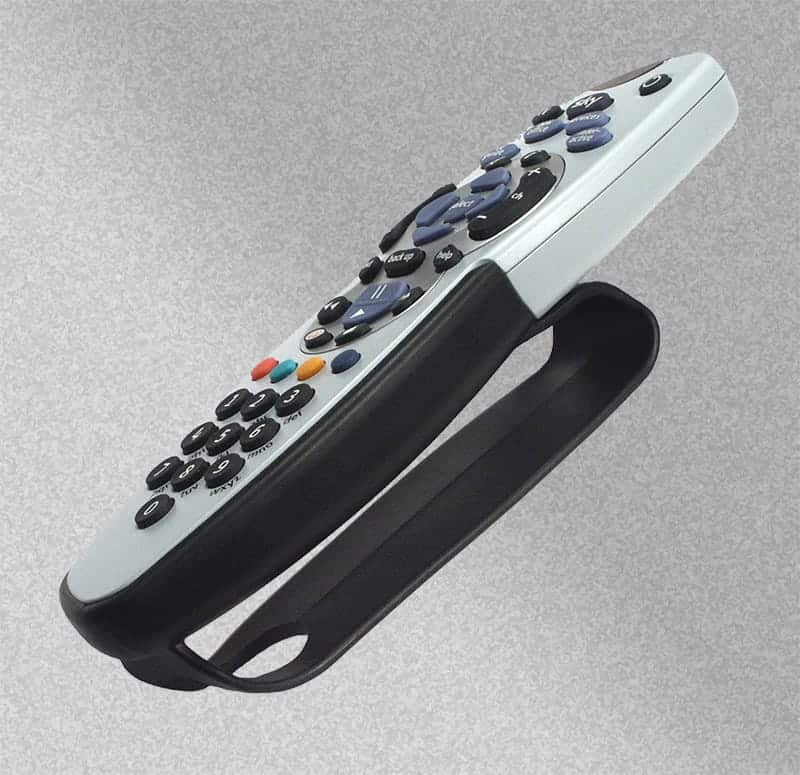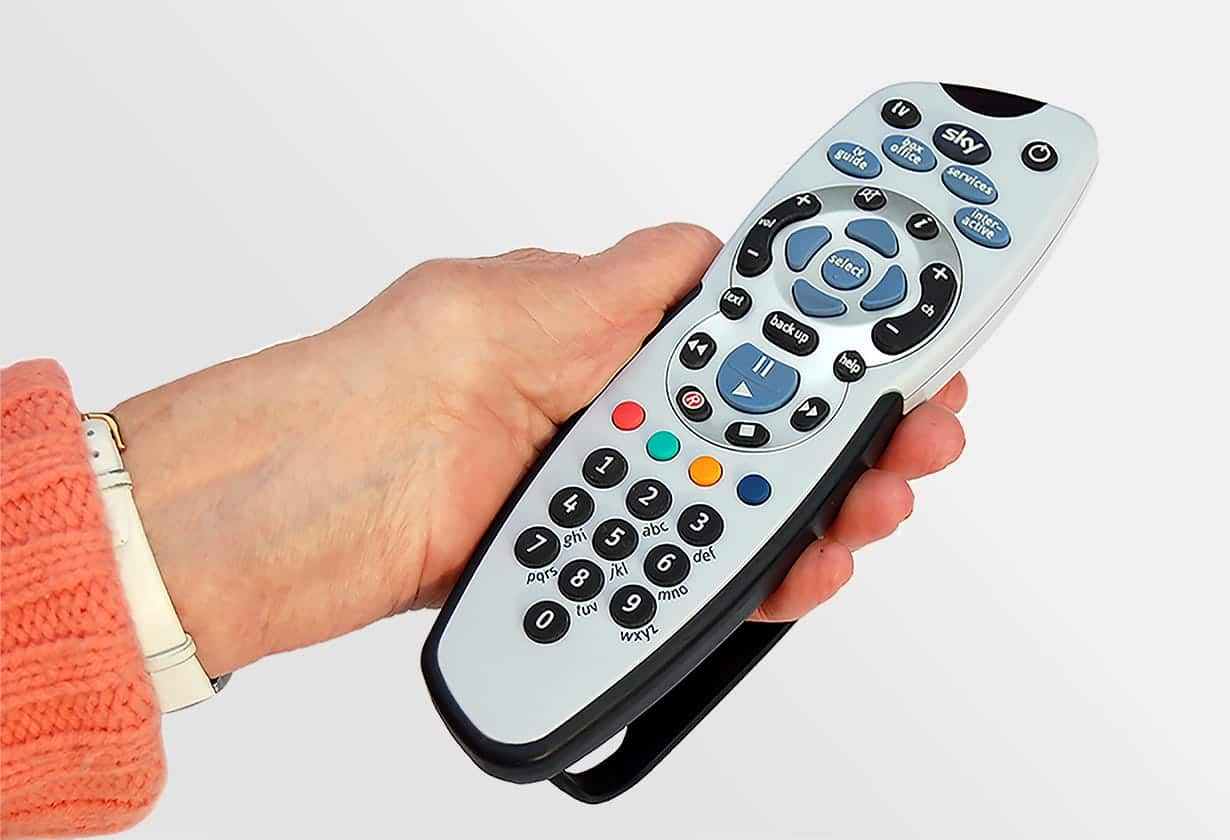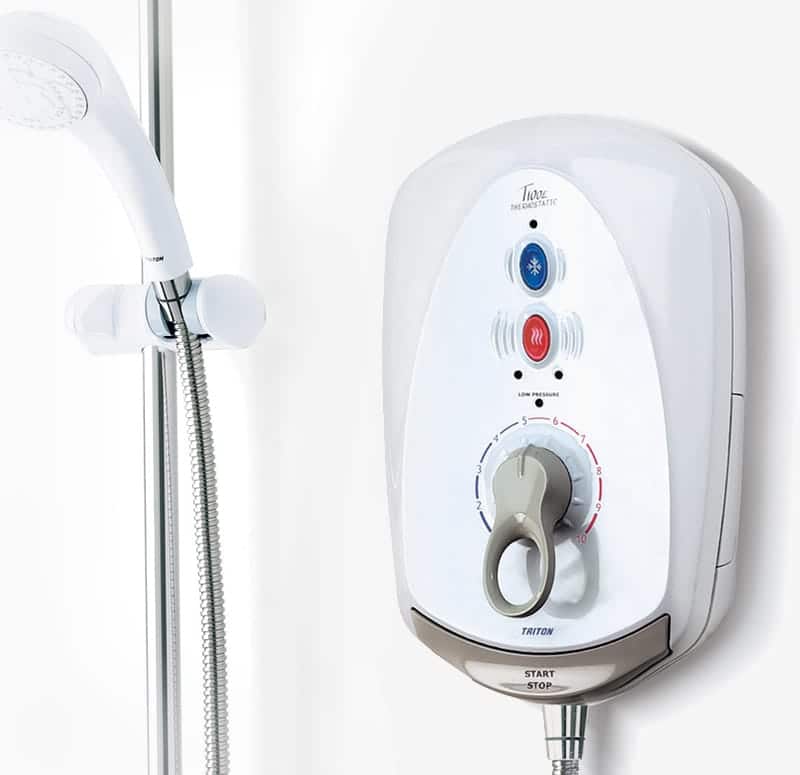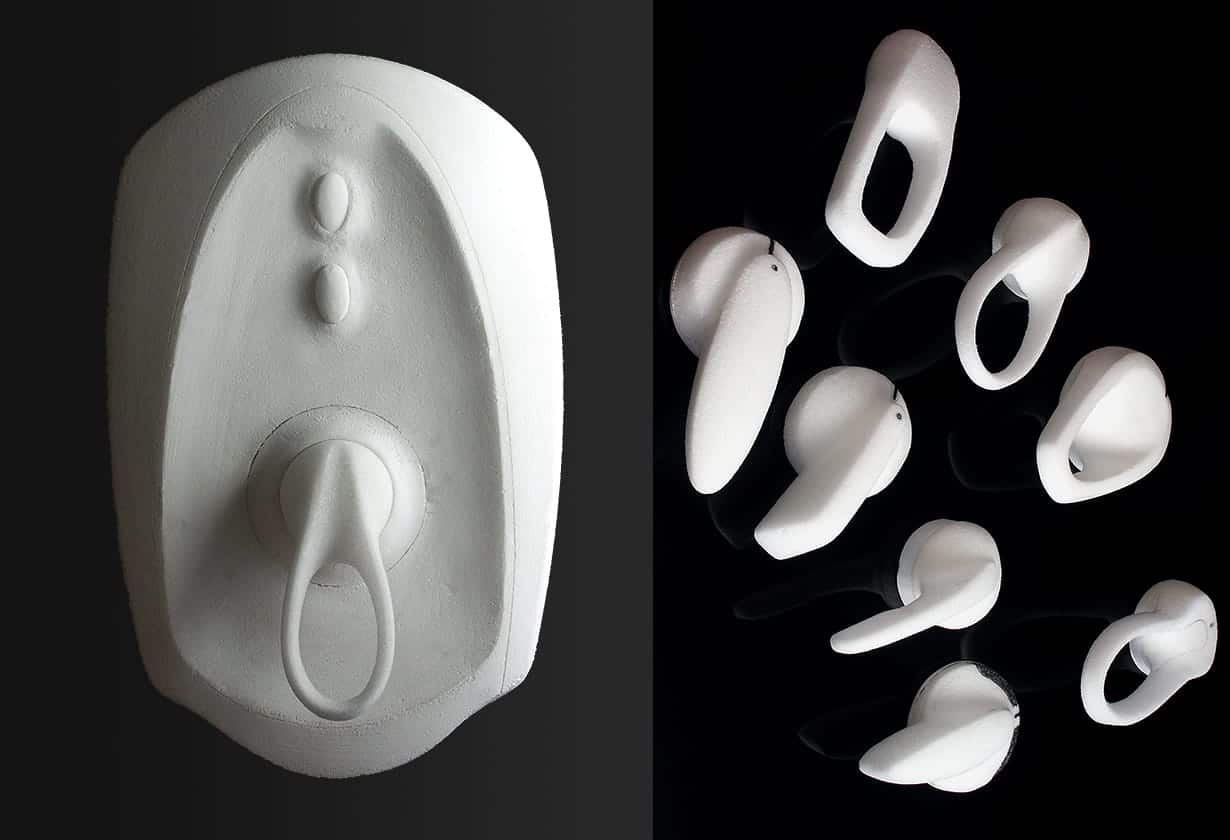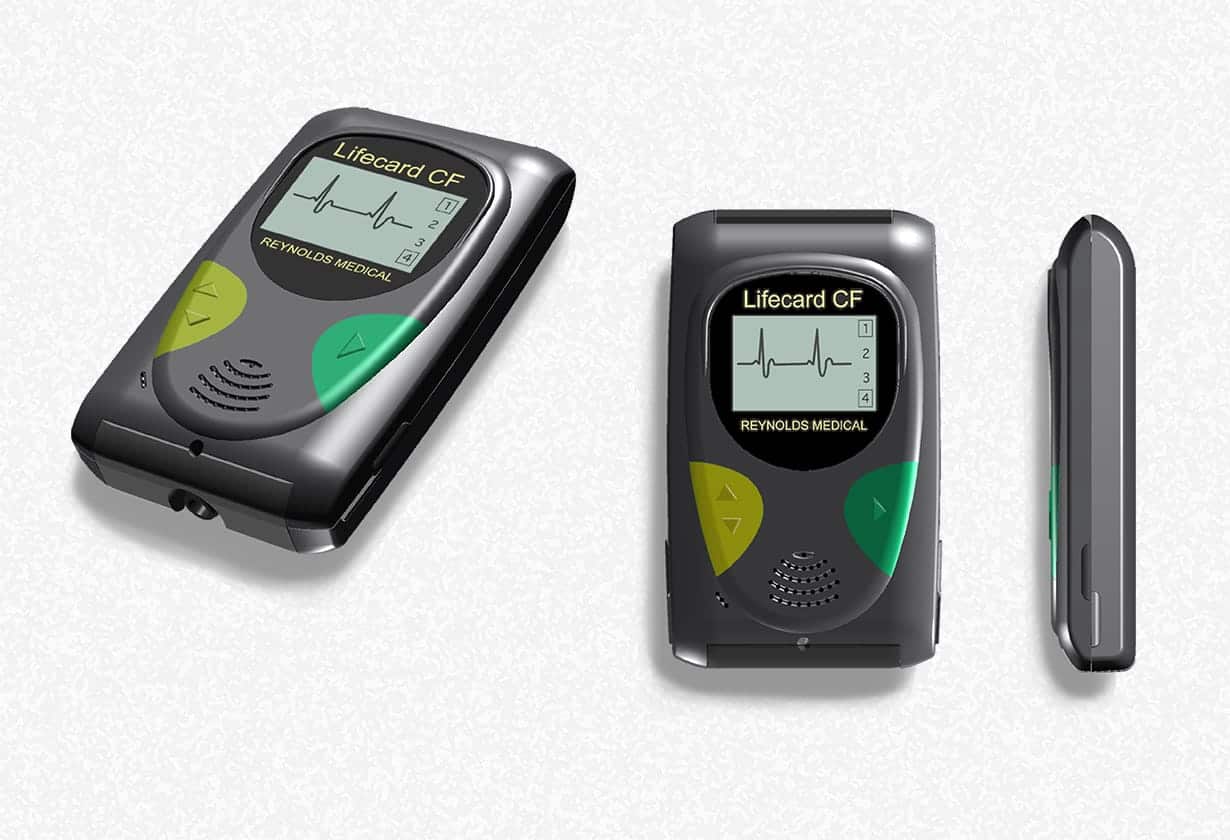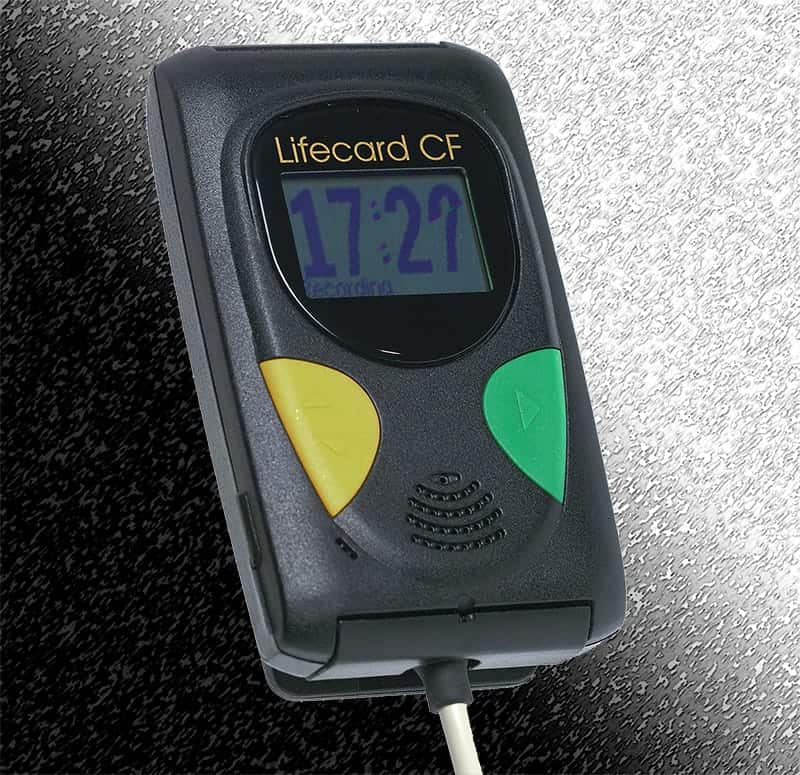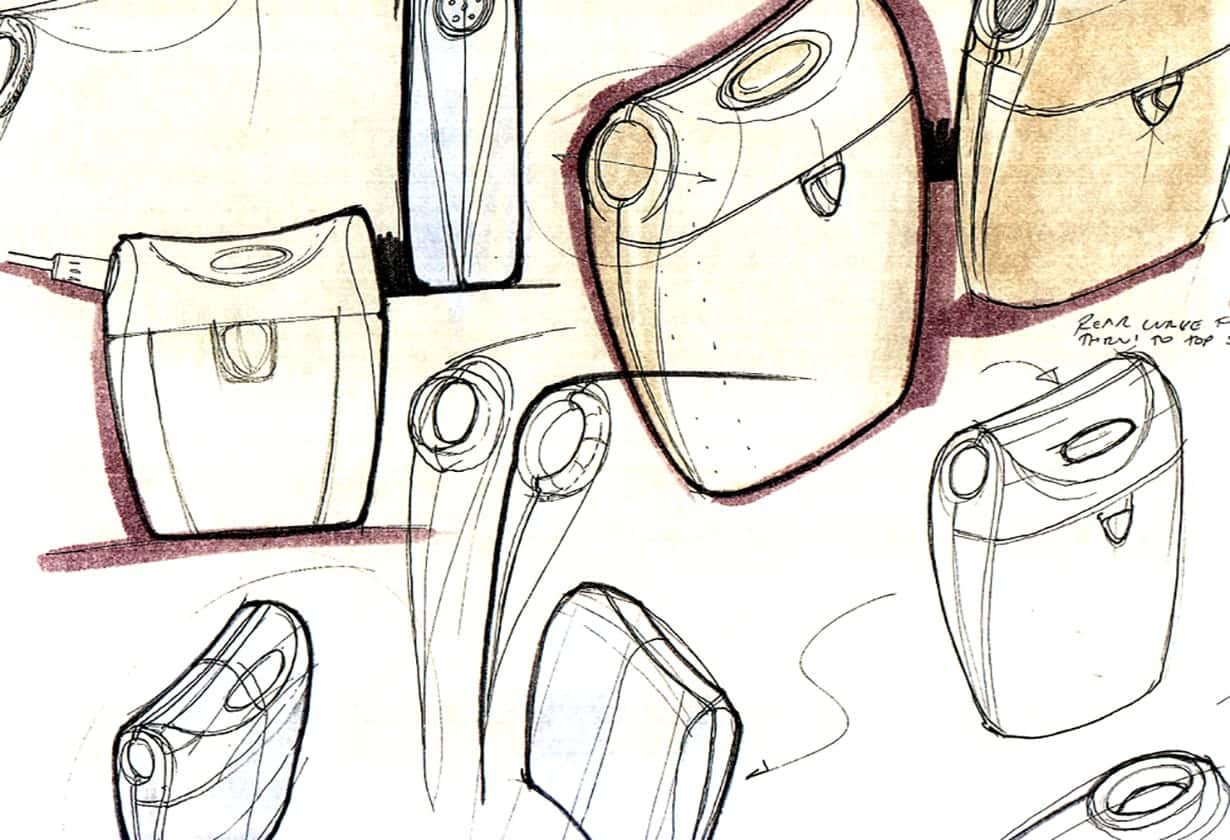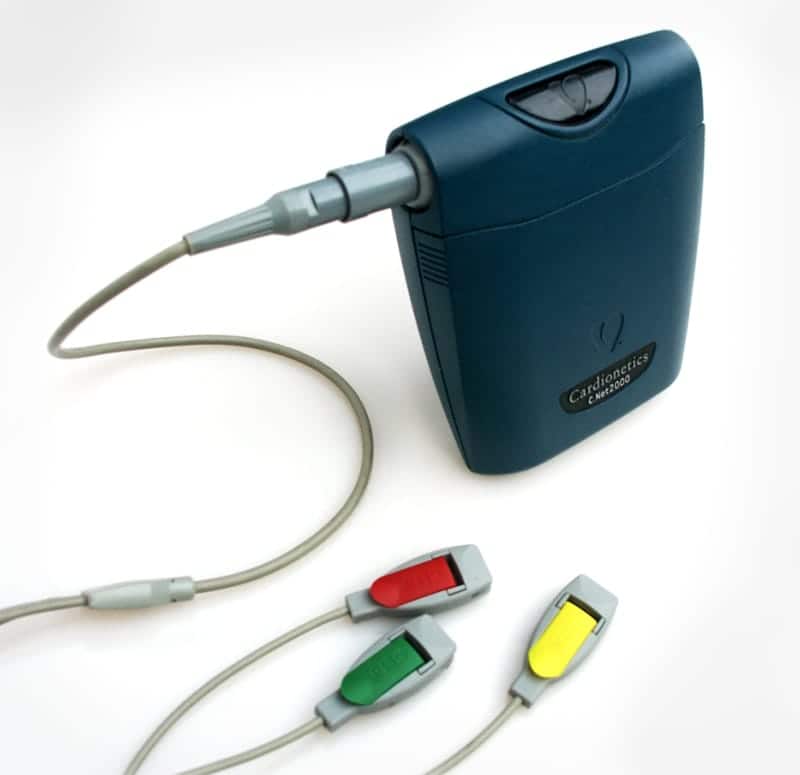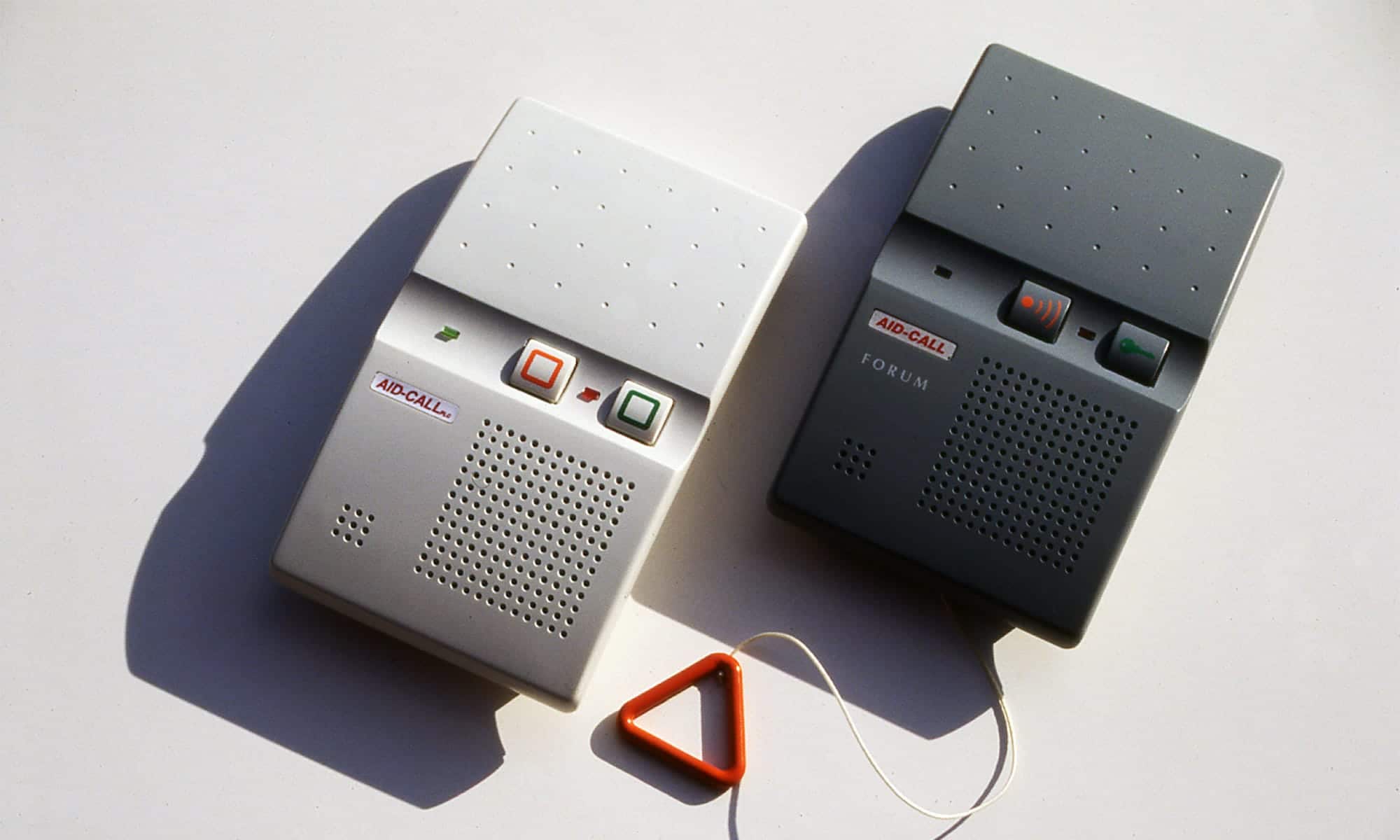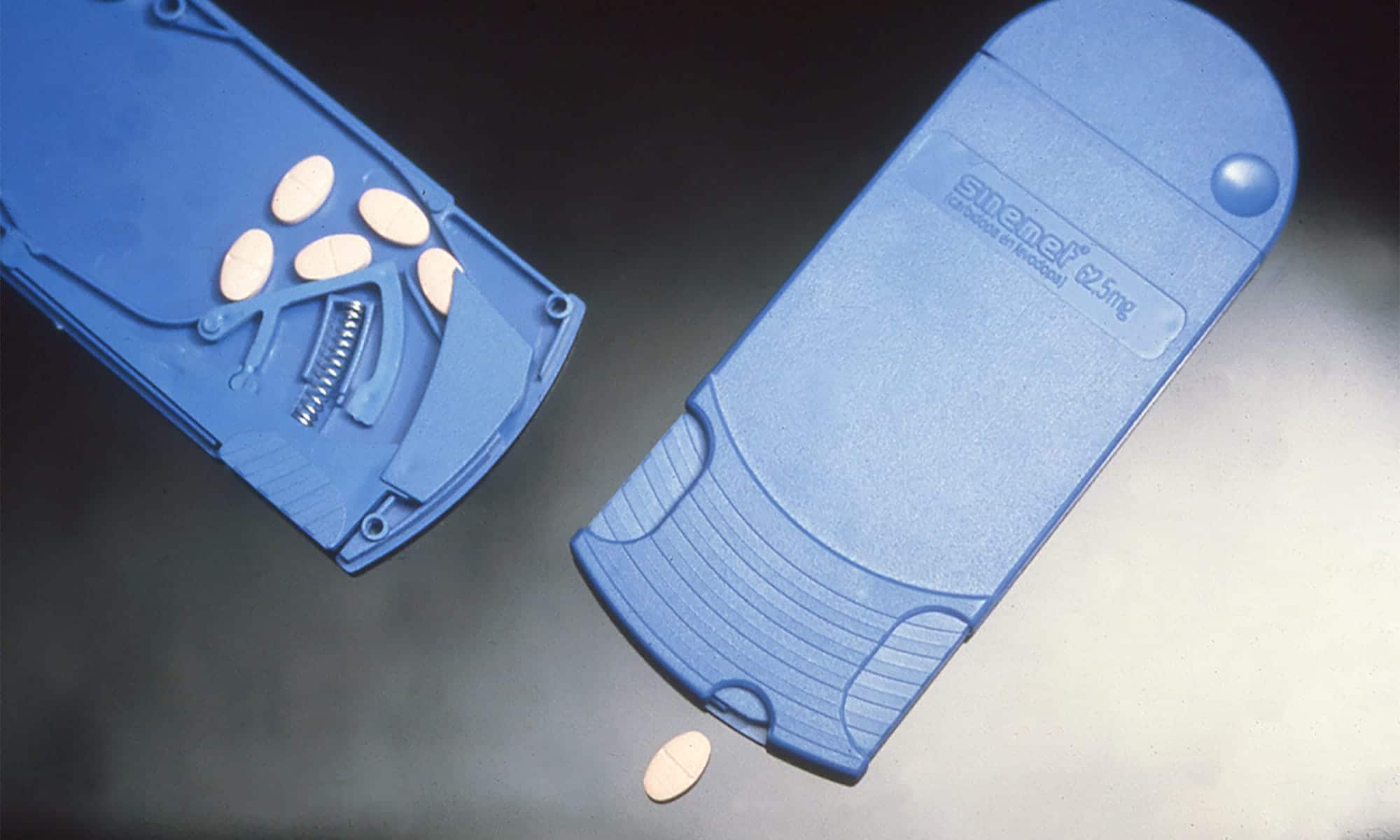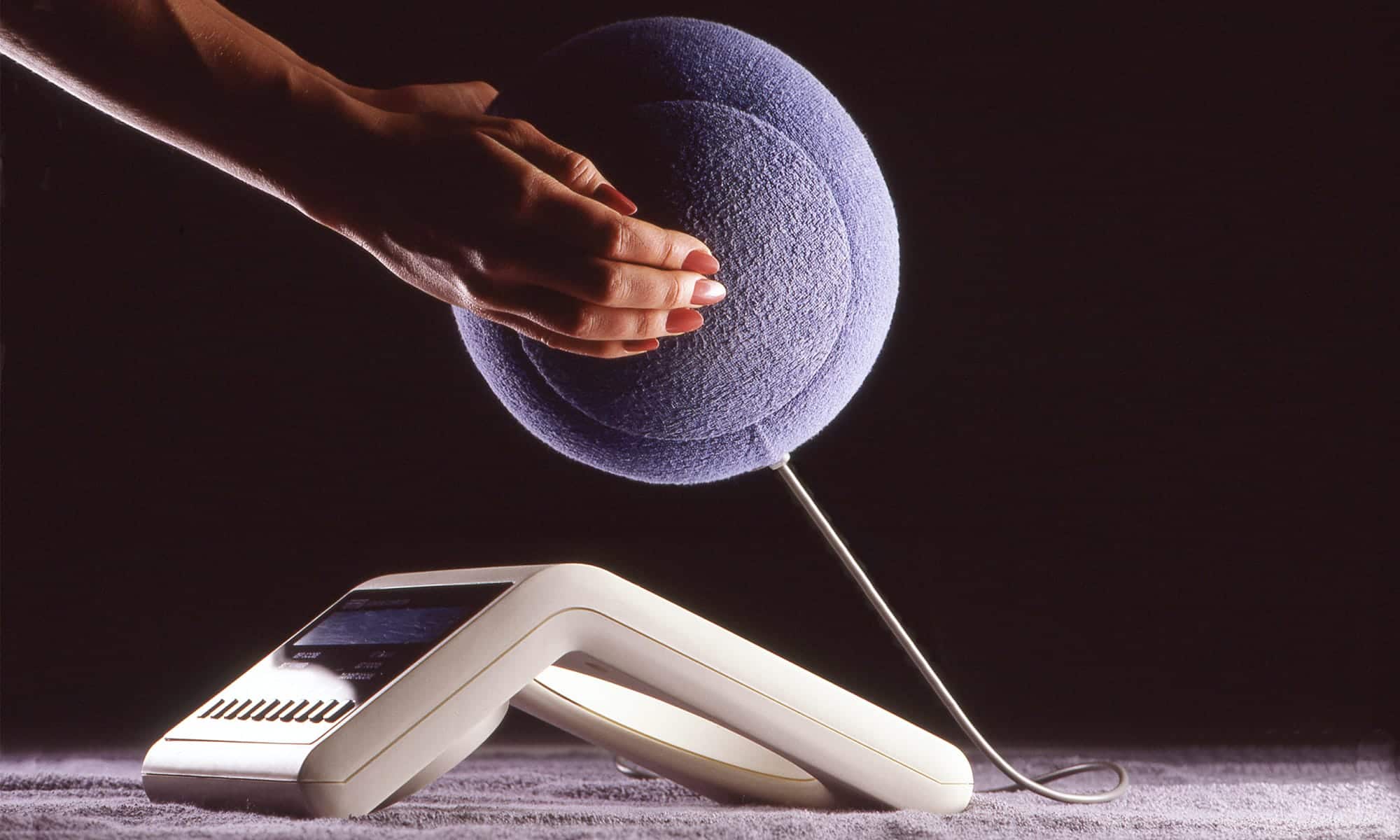Health & Care
design for well-being
Well designed product solutions keep people healthier and help to overcome many disabilities.
Intelligent health care devices monitor the patient during treatment, providing better outcomes and raising the alarm if things start to go wrong.
User design research and ergonomics helps to identify problems for users, such as poor sight and limited dexterity, providing better product and environmental solutions.
Physical and mental wellbeing is improved by devices that help people with their personal care tasks and encourage regular exercise.
Our design work includes personal care products, care alarms, portable patient heart monitors, inclusive remote controls for Sky and electric showers for Triton.

